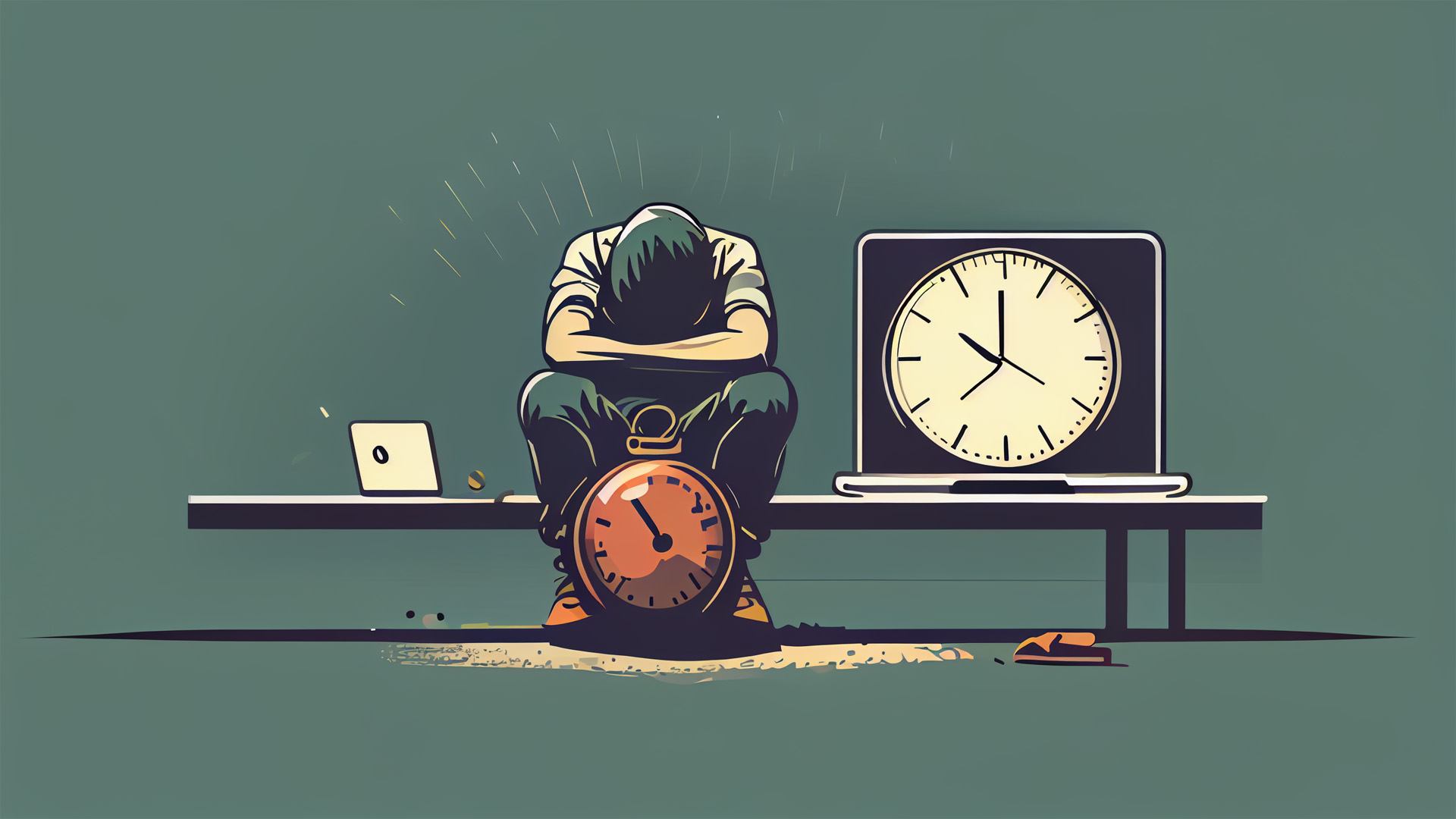When a website is entirely non-functional or unable to provide its desired services for users, it can be declared “down.” This period of service disruption is known as website downtime.
In this digital age where companies rely heavily on the internet and technology, rest has become an increasingly concerning hazard with serious repercussions: client dissatisfaction and brand reputation damage to negative search engine rankings.
Your website is the primary representation of your brand, often serving as an initial point of connection with your company. A business owner must use dedicated tools and periodically check service status to ensure continued client satisfaction. It should be paramount that your website remains available at all times.
Server overload
Are you concerned about your website being suspended or taken offline when there is a massive surge of traffic? If so, hosting on a shared server has its flaws. Not only can the “bad neighbor effect” prevent the availability of your site due to other sites’ heavy web traffic, but your host may also be forced to take it off for their system updates.
Even worse, if they cannot handle an unexpected rush of guests that crash, overloading the site and disabling most functionalities. But you can use monitoring services to fix these problems quickly. For example, such tools allow one to check Zellepay status to know about actual issues.
Hardware and software issues
Despite its rarity, power failure is still one of the leading causes of many outages worldwide. For example, Amazon famously experienced extensive downtime due to hardware malfunction in 2010. It’s necessary to undergo regular maintenance checks and create a dependable service program – that way, unanticipated breakdowns can be avoided.
Additionally, if your website runs on WordPress, you must keep plugins and themes up-to-date, or else user access could become blocked.

Malicious cyber attack (DDoS)
It will help if you remain vigilant for abrupt spikes in website traffic – a possible sign of malicious actors attempting to execute a DDoS (Distributed Denial of Service) attack on your server.
This is when hackers coordinate an influx of fake visits aimed at crashing the site, so if you don’t have adequate security measures employed, you are left vulnerable and open to these sorts of intrusions. Protect yourself now before it’s too late.
Miscellaneous causes
A survey revealed that an alarming 40% of outages are caused by human mistakes, such as accidentally unplugging a server, mishandling it, or overlooking code reviews.
This came to fruition in 2017 when Amazon experienced a massive downtime due to one employee’s minor coding blunder, which took down the entire AWS infrastructure for three hours. Additionally, natural calamities can also be highly detrimental and cause your services to become inaccessible.
Website downtime can be a significant setback for any business, so taking the necessary precautions to ensure your site stays up and running is essential.
By understanding why website downtime occurs and taking proactive steps such as investing in reliable web hosting, monitoring uptime/downtime levels regularly, implementing fail-safe procedures like automated backups of data, leveraging CDNs and other caching strategies, you can make sure that your website is always available when customers need it most.
With these suggestions in mind, you’ll be well on your way to ensuring the maximum availability of your online presence at all times.

